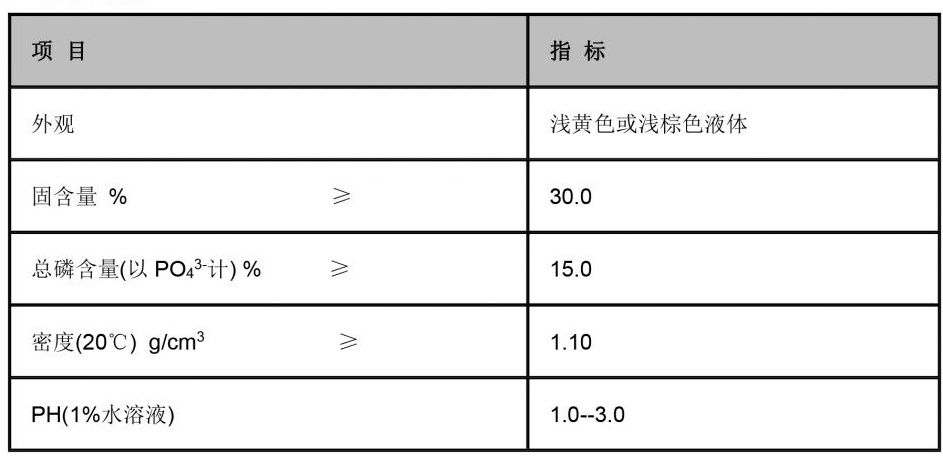chloro isothiazolinone
Chloroisothiazolinone A Comprehensive Overview
Chloroisothiazolinone, also known as 5-chloro-2-methylisothiazolin-3-one (CMIT), is a synthetic compound widely used as a preservative and biocide in various industries. Known for its effectiveness in preventing microbial growth, particularly in personal care products, paints, coatings, and industrial fluids, it has gained significant attention over the years. Understanding its properties, applications, and potential concerns is crucial for consumers, manufacturers, and regulatory bodies alike.
Chemical Properties
Chloroisothiazolinone belongs to the isothiazolinone family, characterized by a five-membered ring containing sulfur and nitrogen. This unique structure enables it to exhibit notable antimicrobial properties, making it effective against a wide range of bacteria and fungi. It is typically used in combination with other preservatives, such as methylisothiazolinone (MIT), to enhance its efficacy.
The compound is soluble in water and organic solvents, which aids its incorporation into various formulations. Its effectiveness is pH-dependent, with optimal activity generally observed in neutral to slightly alkaline environments. This property is crucial for formulators who seek to optimize the performance of products containing chloroisothiazolinone.
Applications
Chloroisothiazolinone is extensively used across several industries. In personal care products, it is commonly found in shampoos, lotions, and cosmetics, where it helps maintain product stability and prevents microbial contamination. Its presence in household cleaning products ensures a longer shelf life and protects consumers from harmful microorganisms.
chloro isothiazolinone

Additionally, this compound is utilized in industrial applications. In the paint and coatings industry, chloroisothiazolinone prevents the growth of bacteria and fungi, ensuring that products remain effective and reliable over time. In metalworking fluids and other industrial processes, it offers protection against microbial-induced degradation, thereby prolonging the lifespan of equipment and materials.
Health and Safety Concerns
Despite its effectiveness as a preservative, chloroisothiazolinone has raised health and safety concerns, particularly regarding skin sensitization and allergic reactions. Individuals may develop allergies to isothiazolinones after repeated exposure, leading to dermatitis and other skin issues. Consequently, regulatory bodies in various regions have enacted guidelines to limit the concentration of chloroisothiazolinone in consumer products.
The European Union, for instance, has classified chloroisothiazolinone as a sensitizer and restricted its use in cosmetic formulations. Manufacturers are required to conduct comprehensive safety assessments and ensure that concentrations remain within permissible limits. In light of these concerns, there has been a trend toward the development and use of alternative preservatives that provide similar antimicrobial benefits without the associated risks.
Future Perspectives
As consumer awareness regarding ingredient safety increases, the demand for safer, more natural alternatives to traditional preservatives is likely to rise. This shift presents both challenges and opportunities for the industry. While chloroisothiazolinone remains a staple in many formulations today, the potential for innovation in preservative technology could lead to the discovery of new compounds that offer effective microbial protection without the drawbacks of sensitization.
In conclusion, chloroisothiazolinone plays a critical role in preserving product integrity and preventing microbial growth across various applications. However, its associated health risks necessitate caution and regulatory oversight. As the industry evolves, the focus will likely shift towards balancing efficacy with safety, ensuring that consumers can enjoy the benefits of preservation without compromising their health. Understanding the role and implications of chloroisothiazolinone is essential for manufacturers and consumers alike in navigating the complex landscape of chemical preservatives.
-
Pbtc Scale InhibitorPBTC: A Scale Protector for Industrial Water TreatmentNewsAug.05,2025
-
Organic Phosphonate: An Efficient Defender in the Field of Scale InhibitionNewsAug.05,2025
-
Hydrolyzed Polymaleic Anhydride: Green Pioneer in Scale Inhibition FieldNewsAug.05,2025
-
PAPEMP Polyamino Polyether Methylene Phosphonic Acid For SaleNewsAug.05,2025
-
Flocculant Water Treatment: A Pioneer in Purification in the Field of Water TreatmentNewsAug.05,2025
-
Benzyl Isothiazolinone: An Efficient and Broad-Spectrum Antibacterial Protective GuardNewsAug.05,2025





